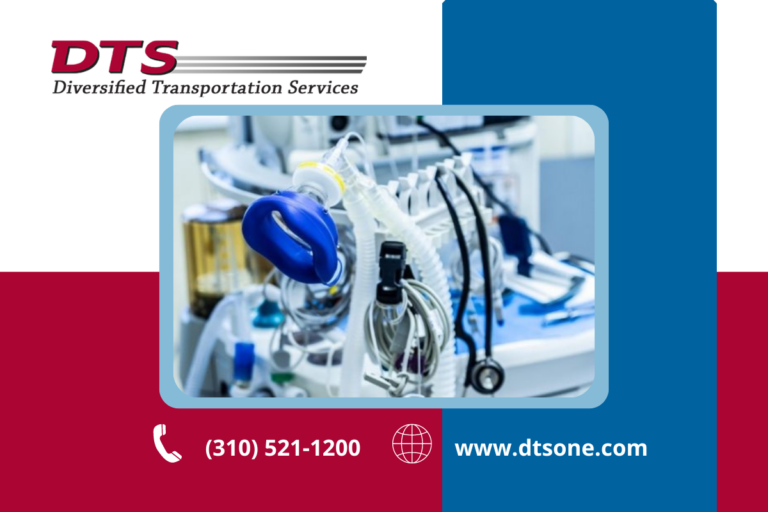
Medical equipment shipping comes with a set of challenges all on its own. The highly technical nature of such sensitive machines demands they be packaged securely to minimize the risk of breakage. Medical equipment tends to be very expensive, and being in control of expensive machinery means that the party is responsible for it. Any breakage or damage done while in possession of anything means you are responsible for it. The producer and shipper of such equipment want it to arrive in one piece too, so they take steps to make sure it’s packed properly. How medical equipment is prepared for shipping varies from place to place.
Here are some guidelines on the process:
Certain things require special attention, and medical equipment is on top of that list. Shipping facial tissues or balloons doesn’t require any special packaging aside from a box and some packing tape. Manufacturers of medical equipment invest time and money into the proper packaging for their products. The outer shell can be different things like cardboard, wood, or hard plastic totes, and it is at the discretion of the manufacturer. Inside the box, things like styrofoam, packing peanuts, paper, bubble wrap, and other soft materials cushion the machine from jostling during transit. There is a reasonable expectation the accidents happen, so every step should be taken to mitigate any damage.
Once packed, machines that are large enough to be palletized will be placed on a wooden or plastic pallet for easy handling by forklifts. It isn’t enough to place the box on the pallet though, as it must also be secured. Using stretch wrap is usually enough to keep the package attached to the pallet. Some packages are oddly shaped or top-heavy, and banding is used to strap packages down in those cases. Banding goes on top of the item and under the pallet, and it pulls tight while a small piece of aluminum is crimped on the banding to hold it all together. It’s a strong addition to the palletized shipment.
How medical equipment is prepared for shipping is up to the shipper, but where the equipment sits on the truck is up to the carrier. When shipping LTL, there isn’t much choice in where the pallet goes, so it must be loaded in the first available space. To secure this, the pallet should be as far up as possible and touching the side wall of the trailer. This lessens the chance the pallet can shift in transit. Manufacturers can order a full truckload to help increase the security of their products.
Whether you're a company looking to improve one facet of your supply chain, your entire supply chain, or simply looking for a transportation and logistics consultation, we can help.